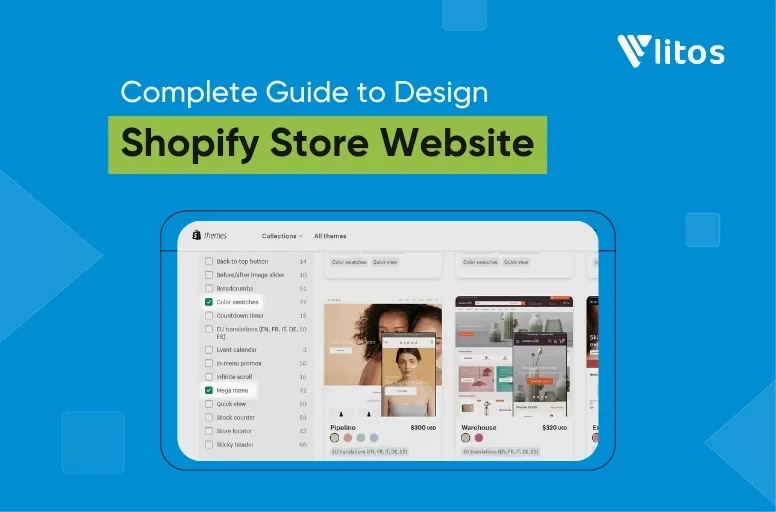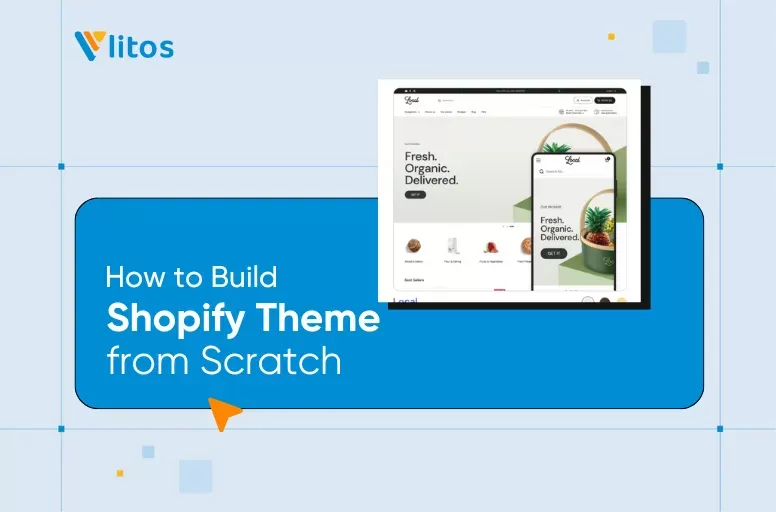
10 Shopify Store Design Tips for Maximizing Sales
94% of first impressions are based on design. If your Shopify store doesn’t look the part, you’re losing potential customers before they even start browsing. In eCommerce, design isn’t just about looking good. It’s your silent salesperson, working nonstop to build trust, guide decisions, and drive conversions.
In this post, LitOS delivers clear, actionable Shopify store design tips to help you transform your store and boost sales. Let’s build a store that not only looks sharp but gets results.
Key Benefits of Shopify Store Design
A Shopify store that is well-designed is more than just visually appealing; it is a strategic tool that can significantly impact your revenue. Here’s how a well-crafted design can benefit your store:
Higher Conversion Rates
Online shoppers expect speed, clarity, and ease. A streamlined layout with simple navigation, clear product info, and a frictionless checkout creates a smoother path to purchase. Even small delays can hurt. According to Cloudflare, just a one-second page load delay can reduce conversions by 7%. Optimizing for speed and usability isn’t optional, it’s essential.
Better Customer Engagement
An intuitive, visually appealing design captures attention and encourages browsing. High-quality images, informative descriptions, and well-placed calls to action keep visitors interested and interacting with your store.
The data backs this up, 59% of users say they prefer clean, well-organized websites. Engaged visitors are more likely to stick around, return later, and develop loyalty to your brand.
Stronger Brand Image
Your store’s design is often the first impression customers get. A clean, cohesive layout with consistent branding (logos, fonts, colors) instantly communicates professionalism and credibility.
According to Google, users form an opinion about a website in just 50 milliseconds. That flash of judgment can make or break trust. Great design builds confidence, makes your brand memorable, and helps you stand out in a crowded market.
Lower Bounce Rates
Confusing navigation, slow load times, or cluttered layouts drive visitors away fast. A well-designed store holds attention and encourages exploration. By guiding users smoothly from page to page, you reduce bounce rates and increase the chance they’ll take action, whether that’s making a purchase or joining your email list.
Increased Average Order Value
Design can influence buying behavior. Strategic product placement, effective cross-sells, and upsell prompts within a clean layout encourage customers to add more to their carts.
The result: more revenue per visit, without needing more traffic.
Your Shopify store design is more than skin-deep. It’s a revenue-driving engine that builds trust, boosts conversions, and enhances the customer experience. If you want your store to compete and win, investing in smart design is non-negotiable.
Shopify Store Design Checklist: Your Launchpad for Success
It’s time to build your Shopify store, the digital storefront that showcases your products and turns visitors into loyal customers. Before you dive into visuals and layout, it’s critical to lay a strong foundation. The following checklist will help you set up your store for a smooth, strategic launch:
Step 1: Set Up Navigation
Navigation is how users move through your store. It guides them from landing to checkout, so getting it right is essential for a seamless shopping experience. Focus on the following:
Clear Labels: Use simple, direct language. Menu items should reflect what your customers are actually searching for.
Logical Structure: Group products into clear categories and subcategories. Keep it intuitive so visitors can find what they need without effort.
Mobile-Friendly Design: Your navigation should work flawlessly on any device. Test menus on desktops, tablets, and smartphones to ensure consistent usability.
Step 2: Create Essential Pages
These pages form the backbone of your Shopify store. They provide key information, reinforce trust, and help shape your brand identity. Make sure each one is polished and purposeful:
Homepage: This is your first impression. Use it to grab attention, highlight best-sellers or new arrivals, and clearly state what your brand offers. Keep the layout clean and guide visitors toward action.
About Us: Share your story. Let customers know who you are, what you stand for, and why you do what you do. A personal, authentic message builds connection and trust.
Product Pages: Each product should have a dedicated page with clear, high-quality images, detailed descriptions, and strong calls to action. Make it easy for customers to understand what they’re buying and why it matters.
Collection Pages: Organize your products into logical collections. This makes browsing easier and helps shoppers quickly find what they need.
Contact Page: Be accessible. Include a contact form, email address, or phone number. If possible, add live chat to offer quick support and build confidence with real-time interaction.
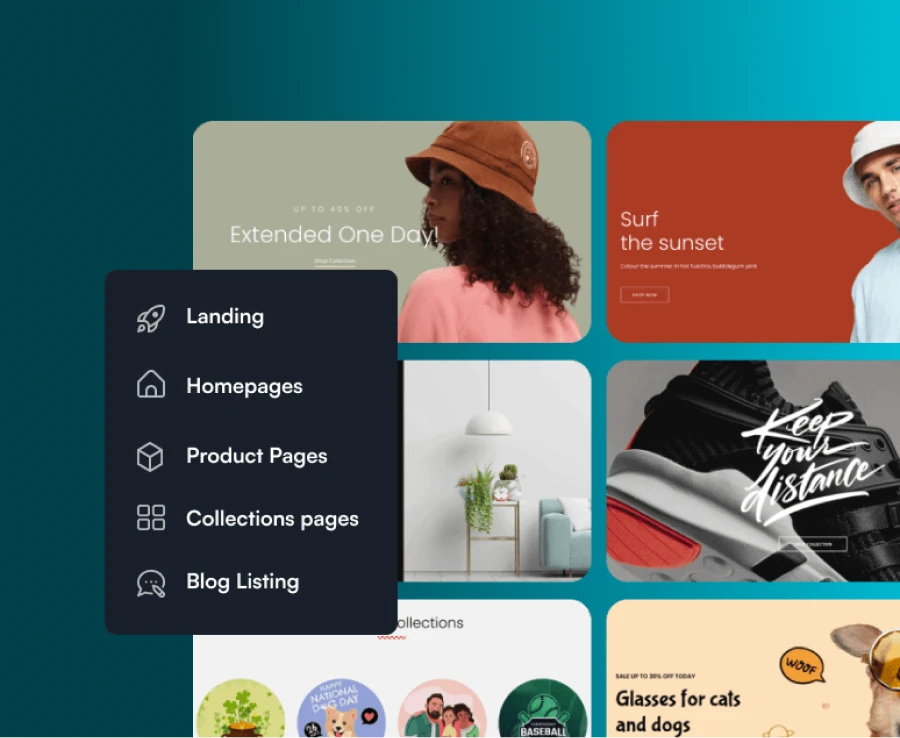
Step 3: Upload Product Images and Descriptions
Great visuals and compelling copy are what sell products online. They build trust, answer questions, and drive action. Here’s how to do it right:
Product Images: Use high-quality photos that highlight your product’s details and craftsmanship. Stick to clean, consistent backgrounds and include multiple angles to give customers a full view. Don’t forget lifestyle shots to show your product in use.
Product Descriptions: Write clear, benefit-driven descriptions that speak directly to your audience. Focus on what the product does, why it matters, and how it solves a problem or adds value. Use bullet points for key features and make sure every line earns its place.
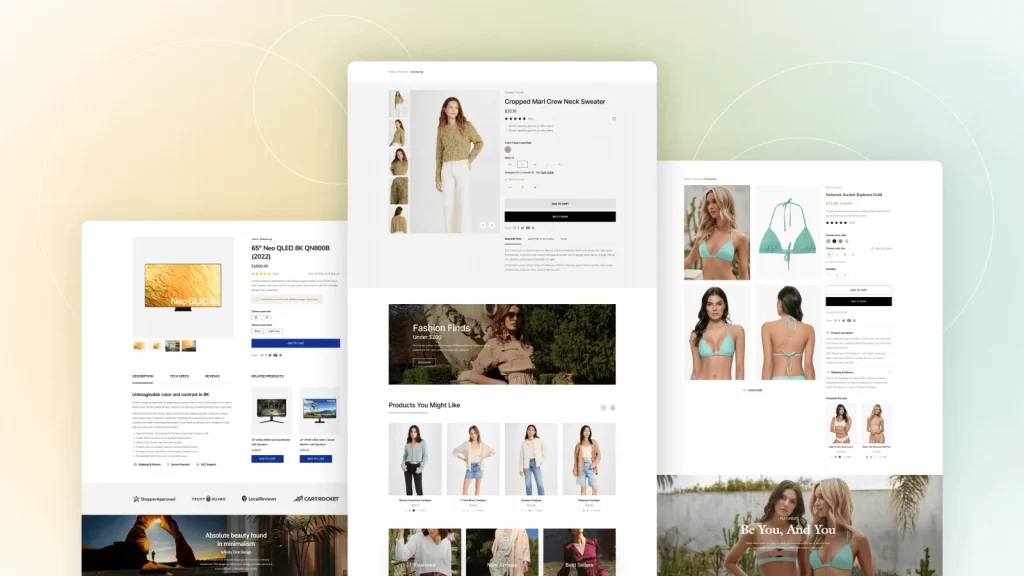
Step 4: Set Up Shipping and Return Policies
Customers want clarity before they commit. A well-defined shipping and return policy reduces hesitation and boosts confidence in your store. Make sure to include:
Shipping Details: Clearly outline your shipping rates, estimated delivery times, and any location-specific limitations. If you offer free shipping, make it visible across your store.
Return Policy: Explain your return and exchange process in simple terms. Include timeframes, conditions, and instructions. Make it easy to understand, and avoid vague language that could create confusion.
Step 5: Add a Privacy Policy
Your privacy policy isn’t just a legal formality. It’s a key trust signal. Make it clear how you collect, use, store, and protect customer data. This shows transparency and helps build credibility with your audience. Use plain language, avoid legal jargon where possible, and ensure it’s easy to find in your store footer.
With these five steps, you’ve built a solid foundation for your Shopify store. Next, we’ll dive into proven design strategies that turn browsers into buyers and help your store perform at its full potential.
TOP 10 Shopify Store Design Tips That Drive Sales
Now that you’ve built the foundation, it’s time to level up. Ready to unlock the design tactics that actually move the needle? Here are the top 10 Shopify store design tips to help you turn your site into a high-converting sales machine:
1. Choose the Right Shopify Theme
Your theme is the foundation of your store’s look, feel, and functionality. It shapes the user experience and can make or break your first impression. Here’s what to focus on:
- Responsiveness: Your theme must perform flawlessly on all devices: desktop, tablet, and mobile.
- Customization Options: Choose a theme you can easily adapt to match your brand’s colors, fonts, layout, and features.
- Performance: Avoid bloated themes that slow down your site. Fast-loading themes improve user experience and directly impact conversion rates.
- User Reviews: Always check user feedback. Look for comments on ease of use, feature flexibility, and quality of customer support.
You have two main options when sourcing a Shopify theme:
- Shopify Theme Store: Browse over 190 vetted free and paid themes. Free Shopify themes offer a simple starting point, but they may lack advanced customization and long-term support. Paid themes, ranging from $180 to $350, come with more robust design options and are backed by Shopify’s quality assurance.
- Reputable Third-Party Developers: If you need something more niche-specific or cost-effective, explore trusted third-party theme marketplaces. Prices range from $17 to $120, and many of these themes offer features tailored to particular industries or store types, helping your brand stand out.
2. Optimize Visuals for Mobile Commerce
With mobile users making up the majority of online traffic, your visuals need to be sharp, fast-loading, and mobile-friendly.
Use high-quality product photos that display your items clearly, with clean backgrounds and consistent lighting. Ensure images are optimized for quick loading without losing detail.
Incorporate product videos to show items in action. A short, well-produced video can build confidence, highlight key features, and increase conversions; especially on mobile, where users prefer quick, visual content.
The goal is simple: make it easy for shoppers to understand your product and feel confident buying it, no matter what device they’re using.
3. Enhance User Experience With Seamless Navigation
Confusing navigation kills conversions. Just like a cluttered physical store drives shoppers away, a disorganized online layout frustrates users and increases bounce rates.
Your Shopify store should guide visitors smoothly from landing to checkout. Here’s how to create intuitive, user-friendly navigation:
- Clear Menu Labels: Use simple, recognizable terms that reflect your product categories. Avoid jargon or vague language.
- Logical Hierarchy: Structure your menus with clear parent and subcategories. Group similar items and prioritize your most popular collections.
- Mobile Optimization: Test your navigation on mobile devices. Menus should be easy to find, tap, and scroll through, without getting lost in dropdown chaos.
A smooth, intuitive navigation flow keeps users engaged, reduces friction, and leads them straight to the checkout.
4. Craft Compelling Calls to Action (CTAs)
CTAs are your store’s built-in sales reps. These simple phrases play a big role in guiding customers toward a purchase. Whether it’s “Add to Cart,” “Shop Now,” or “Get Yours Today,” effective CTAs directly influence your conversion rates.
Here’s how to make yours work harder:
- Use Action-Oriented Language: Start with strong verbs and speak to your customer’s goals. Go beyond “Buy Now.” Try phrases like “Upgrade Your Style” or “Grab Yours Before It’s Gone” to spark urgency and intent.
- Place CTAs Strategically: Put them where action is most likely—on product pages, next to featured items, and in homepage banners. Every key product should have a visible, tempting CTA close by.
- Make Them Visually Pop: Use bold, contrasting colors that stand out from your site’s background. Stick with clear, legible text inside clean, clickable buttons. A high-contrast “Add to Cart” button draws far more attention than a muted design.
- Test and Optimize: Don’t guess; Test. Run A/B tests to compare wording, color, and placement. Use the data to find out which CTAs actually drive clicks and purchases.
- Create Urgency: Phrases like “Limited Stock” or “Ends Tonight” add a time-sensitive push that can drive action from hesitant shoppers.
The right CTA at the right time can turn a browser into a buyer. Make sure yours are doing the job.
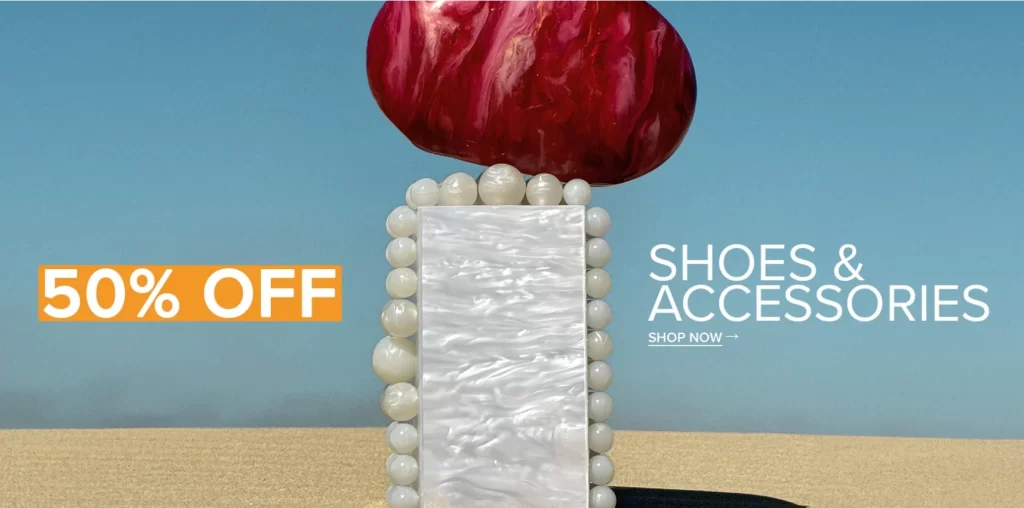
5. Harness Social Proof for Trust and Credibility
In a crowded market, trust is everything. Social proof evidence that others trust and buy from you, helps ease doubt and push hesitant shoppers toward a purchase.
Here’s how to put it to work in your Shopify store:
- Highlight Customer Testimonials: Feature positive feedback across key pages. Quotes about product quality, customer service, or shopping experience create a persuasive, trustworthy narrative.
- Enable and Encourage Product Reviews: Let real customers speak. Displaying reviews on product pages gives shoppers honest insights. Don’t shy away from the occasional negative review, responding well shows transparency and commitment to service.
- Show Off Your Social Presence: Display your Instagram feed, follower counts, or user-generated content on your site. Seeing real people engage with your brand adds credibility and builds trust.
People follow the crowd, make sure your store shows that the crowd loves what you offer.
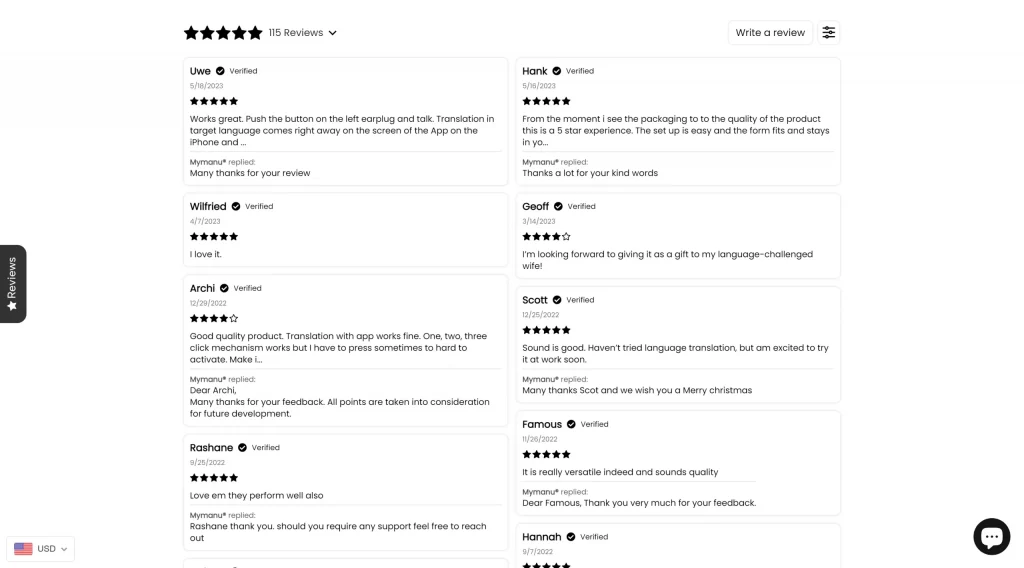
6. Instill Scarcity and Urgency
Nothing motivates like the fear of missing out. Scarcity and urgency tactics tap into buyer psychology, pushing customers to act before it’s too late.
Here’s how to use them effectively in your Shopify store:
- Promote Limited-Time Offers: Display time-sensitive deals front and center on your homepage, product pages, and banners. Examples like “Flash Sale – 24 Hours Only” or “Weekend Deal: 20% Off” drive immediate action.
- Use Countdown Timers: Add countdown clocks to product pages or promotional banners. A ticking timer builds tension and nudges shoppers toward fast decisions before the deal vanishes.
- Highlight Low Stock Levels: Phrases like “Only 3 Left” or “Selling Fast” add urgency. A dynamic stock counter amplifies this effect, turning hesitation into instant buys.
The goal? Push shoppers off the fence and into the checkout. Urgency sells, use it wisely.
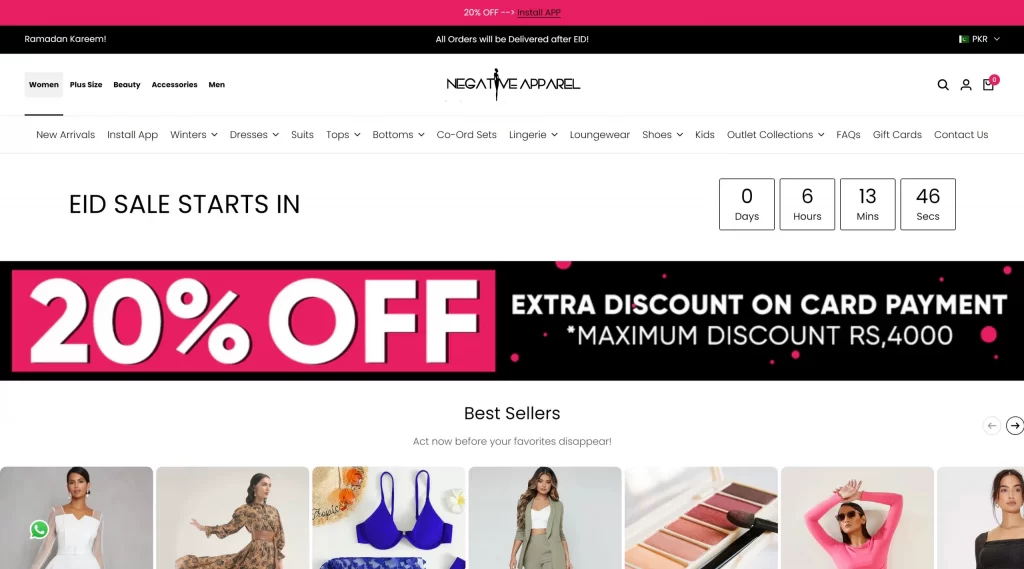
7. Optimize Conversions with a Streamlined Checkout Process
The checkout is where interest becomes income, unless friction gets in the way. A messy, slow, or confusing checkout is one of the top reasons for cart abandonment. If you want more sales, this is one area you can’t afford to ignore.
Here’s how to make checkout seamless and conversion-friendly:
- Simplify the Flow: Cut out unnecessary steps. Use clean, minimal forms that ask only for what’s essential. The fewer clicks between cart and confirmation, the better.
- Offer Guest Checkout: Don’t force new customers to create an account. Let them check out as guests, then invite them to sign up after the sale with perks or loyalty offers.
- Support Multiple Payment Methods: Support credit cards, debit cards, PayPal, Shop Pay, Apple Pay, Google Pay, and more. The more options you offer, the fewer chances you lose a sale over payment friction.
A cluttered checkout kills conversions. A smooth one closes the deal.
8. Boost Design Effectiveness with A/B Testing
Guesswork doesn’t grow sales; Data does. A/B testing lets you experiment with different design elements to see what actually drives results. It’s like split-testing your way to higher conversions.
Here’s how to run it right:
- Pick What to Test: Start with high-impact elements: headlines, CTA buttons, product images, layout changes, or even pricing displays.
- Create Clear Variations: Test one change at a time. For example, compare “Buy Now” vs. “Get Yours Today” or a single-column layout vs. grid format.
- Track and Measure: Use analytics tools to monitor performance. Measure clicks, bounce rates, conversion rates, whatever matches your goal.
- Double Down on What Works: Once a winner emerges, implement it site-wide. Then, move on to the next element.
Your store isn’t static. A/B testing keeps your design evolving based on what customers actually respond to not just what you think they want.
9. Use Heatmaps to Uncover Real Customer Behavior
Want to know how visitors really interact with your Shopify store? Heatmaps are your window into their behavior. No more guessing, just visual, data-backed clarity.
Here’s how to turn heatmaps into your competitive edge:
- Spot Engagement and Friction: See exactly where users click, scroll, and pause. If key elements like CTA buttons or product images are getting ignored, you’ll know, and you can fix it fast.
- Diagnose Layout Issues: If your product page is a ghost town except for one random hotspot, you’ve got a design problem. Heatmaps reveal what’s working and what’s getting in the way.
- Optimize for Action: Use scroll depth and click data to place CTAs and high-value content where they’ll actually be seen. If users never reach your promo banner, move it up.
- Improve Images That Don’t Perform: Low engagement on product photos? Heatmaps show where users drop off, helping you swap in better visuals that grab attention and drive clicks.
Want to see it in action? Tools like Hotjar, Crazy Egg, and Microsoft Clarity make it easy to start tracking today.
10. Understand Your Customers
Your Shopify store is sitting on a goldmine of behavioral and performance data. If you’re not using it, you’re leaving money on the table. Here’s how to turn raw data into actionable insights:
- Use the Right Tools: Start with Shopify Analytics for built-in insights. Pair it with Google Analytics to track user flow, bounce rates, conversion funnels, and more.
- Track What Matters: Focus on metrics that impact revenue: traffic sources, top-performing products, cart abandonment rate, and average order value. Don’t get lost in vanity metrics.
- Spot Trends Early: Use data to understand how customers interact with your site. Which products are gaining traction? Where are users dropping off? These patterns should drive your next round of design improvements.
Final Takeaway
The design of your Shopify store is a powerful tool that can make or break your eCommerce journey. By following these ten Shopify store design tips, you now possess the knowledge to design an attractive, user-friendly, and conversion-oriented storefront.
Remember, a successful store design isn’t static. Keep testing new ideas, analyzing data, and refining your approach. With dedication and these design principles in mind, you can transform your Shopify store into a thriving online business that showcases your products beautifully and converts visitors into loyal customers.
Follow our blog for more market insights, tips and tricks! For now, go forth and design your way to Shopify success!
